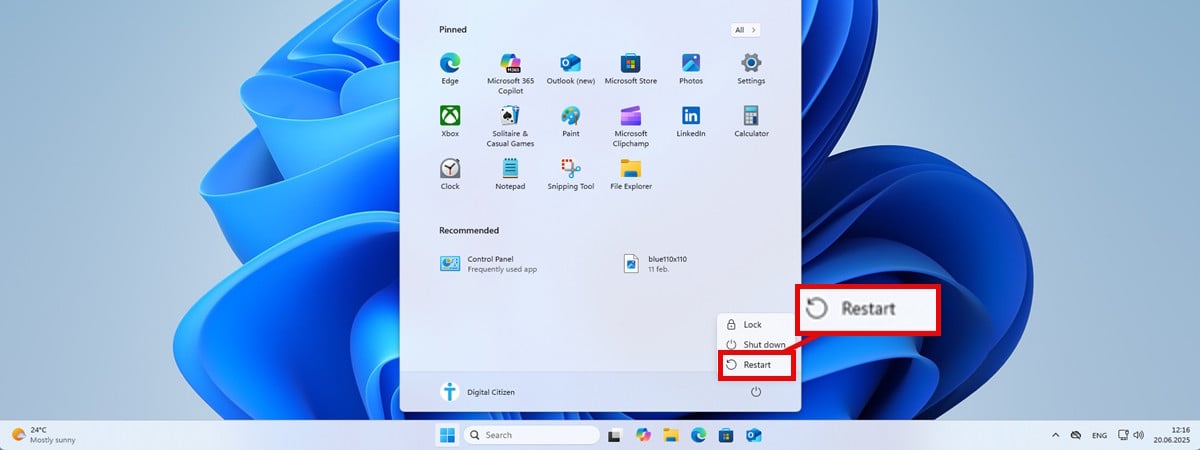Channel predictions 2025: an interesting year lies ahead

The channel industry, influenced by both technology and business trends, is more forward looking than most. The collective thinking of sales teams, feedback from channel partners, and work carried out with analysts across the industry will inform businesses on how the sector will change in the year ahead.
Looking at products, propositions, as well as the market at large, here are some predictions for how the channel will evolve in 2025.
Altnets will need to diversify to stay in the game
The last few years saw significant growth for altnets operating on a national, regional, and rural scale. The financial investment required to build out and maintain the physical infrastructure for high speed connectivity has been significant.
This cost and the sheer number of providers has resulted in intense market competition that has driven prices down, meaning many altnets are waking up to the need to diversify their services to maximize their margins, or in some cases remain profitable at all.
As with any other technology service provider or channel funnel built on a challenger mentality, layering additional services is key to long term revenue generation. Offsetting the significant capital outlays many altnets have made feels like a ticking time bomb and only by upselling and layering additional, relevant services alongside their connectivity offerings can the fuse be snuffed out.
Our prediction is that voice as a service will be the solution that altnets turn to for revenue generation.
There’s a rumbling argument that altnets should be leveraging the upcoming PSTN switch-off to not only deliver upsold voice services to residential customers but to capitalize on the countless businesses out there with existing ISDN based solutions that are primed for modernization.
While there is a revenue opportunity in residential, there’s a far greater margin opportunity with business customers that are already buying business-grade connectivity from their chosen altnet. The benefit is that these businesses need additional features and functionality, and are typically on longer contract terms than residential customers, allowing for a far stickier lifetime value.
We’ve started seeing some providers bulk their offerings out already and we expect to see more focus on this trend in 2025.
Integrations will continue to be the key value-add
Your offering is only one element of an end customer’s technology estate. The need for integration with additional software is a key requirement in winning and maintaining business. Developing new integrations can represent a significant undertaking, depending on your vendor’s development capabilities, but with the upside of long-term customer value and future proofing for market demand.
In 2024 we witnessed a trend amongst MSPs in our channel partner network looking to build out vertical-specific propositions for their customers, helping them gain a competitive advantage and generate additional revenue. Some sectors appear to be experiencing more growth than others in these areas.
Unsurprisingly, healthcare continues to dominate the space, where those operating in both public and private healthcare seek to ensure the highest levels of data accuracy and reporting, and of course meet their compliance obligations. This year we have also witnessed an uptake in demand in the property management and recruitment sectors, where more specialized CRM systems and tools are used, and we expect this to continue.
We predict 2025 will be the year where larger resellers and MSPs aggressively look to differentiate from their competitors by positioning integrations as the lucrative value-add they are. Rich integrations that can be deployed in a simplified ‘no code’ or ‘low code’ manner will become an integral customer requirement.
AI will continue to play a role in customer requirements
It wouldn’t be a predictions piece without it.
AI is definitely the technology of the moment throughout many industries, but constant over-saturated conversations around AI-enabled solutions is already starting to create buyer fatigue.
End-customers are still wary of AI-powered claims, as the term is being overused (and in some cases misused) for anything and everything. But that doesn’t mean it’s not very much part of the customer buying requirement right now.
AI is a particular challenge for the channel. Many customers know there’s an opportunity to benefit from leveraging AI, but few know how to get there. The channel has found it difficult to build out clear offerings, with plenty of vendors blind testing pricing models that may not be feasible long-term. Thorough research and understanding of current and future uses of AI is needed.
The key to building AI into offerings is using it as an enabler and enhancer – that is to say, not replacing people, but helping them to do things better, more quickly and efficiently.
The upcoming year feels like one where the maturity of AI offerings needs to become clearer, especially commercially for the channel and its vendors. There will be a heavy focus on ensuring AI solutions are well-rounded, benefit specific use cases, and provide value-adds for both resellers and end-users.
Channel providers should be thinking about long term, actionable AI strategies that demonstrate a clear return on investment for the customer, rather than feeling like a box-ticking exercise in a sales pitch just to keep up with the Jones’ or because they feel that their offering is lacking if some form of AI tool is not involved.
Overall, 2025 is set to be another dynamic year for the channel and it will be interesting to see if our predictions ring true and reflect market trends for the next twelve months.
Source link











